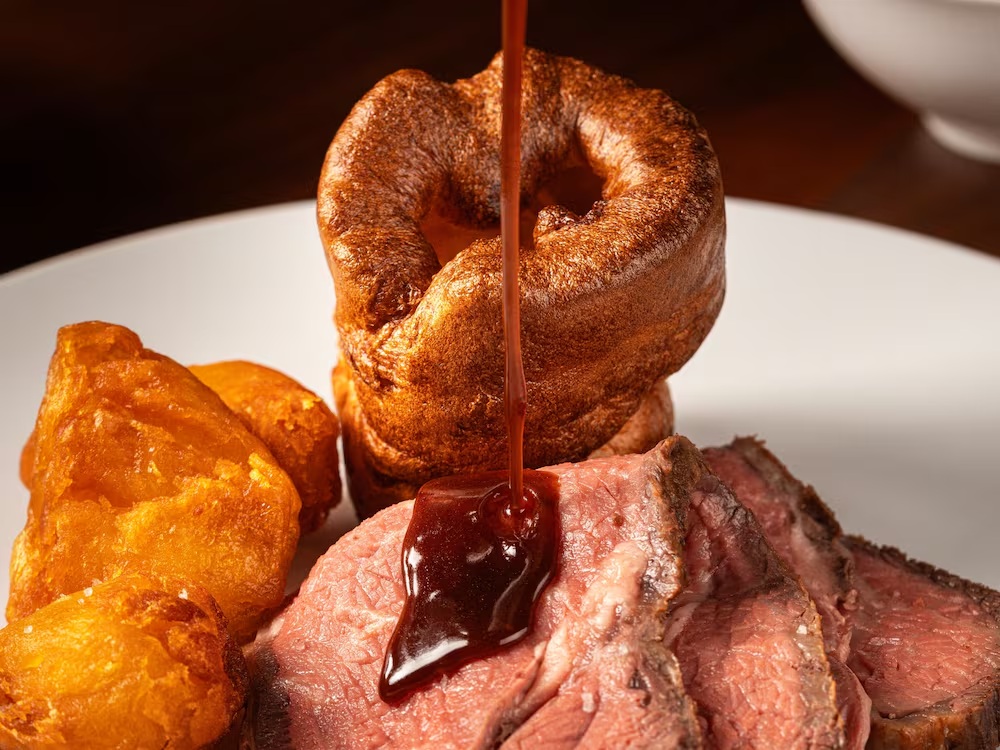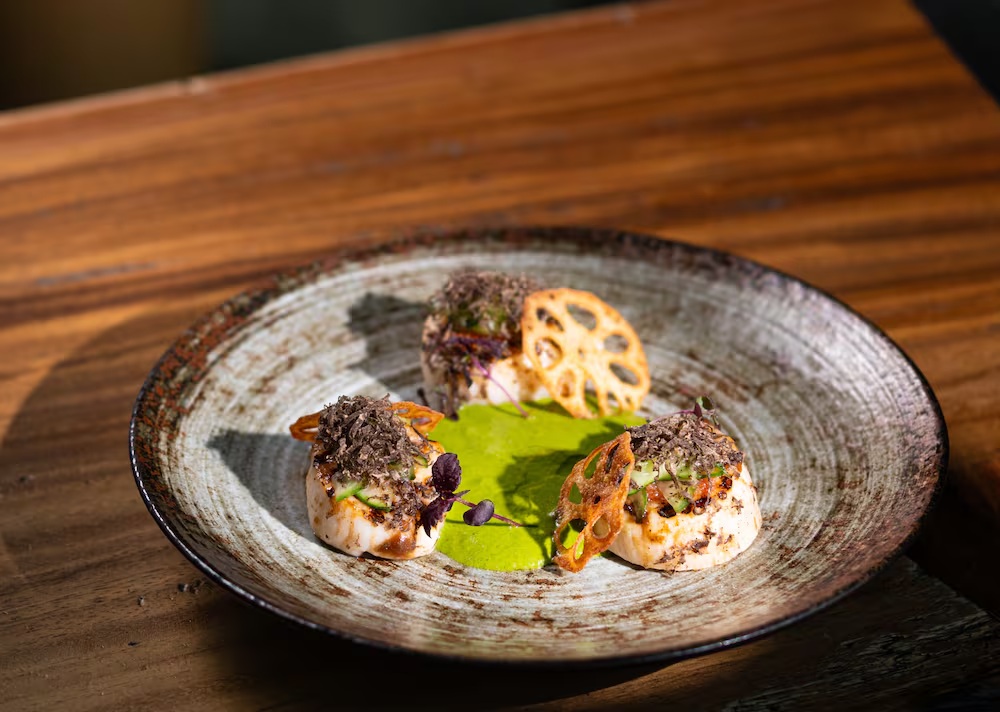Monitoring Desk
The most fascinating thing about yogurt is ,depending on its consistency, it finds use in a wide range of beverages and foods.
Beverages: At its thinnest, it is had as buttermilk, although real buttermilk is what you get after churning out butter. Thinned yogurt is the easiest way to make chhaas, mattha or mor. Full-fat thick yogurt is churned into lassi in Punjab, where you need a spoon to “eat” this iconic beverage from a supersize glass. According to an article in Hindustan Times, houses in rural Punjab often use their top-loading washing machines to churn curd and make lassi; Indian jugaad at its finest.
Yogurt is also a healthy addition to smoothies, giving a good dose of protein and probiotics.
‘Kadhi’ and ‘kuzhambu’: Yogurt whisked with water and a binder goes into the making of kadhi (north Indian style yogurt curry) or mor kuzhambu (Tamil-style yogurt curry), had with rice.
The most important thing to consider while heating yogurt to cook dishes is that it should not curdle. Increasing the temperature quickly or cooking it over a high flame denatures the proteins in the yogurt, causing curdling. Allow the yogurt to come to room temperature before cooking with. Yogurt curdles if acids like lime juice or vinegar are added while cooking the dish, as it further reduces the pH of the dish, making the protein molecules clump together. Addition of salt early in the cooking process can also lead to splitting.
Fat in the yogurt keeps it from curdling. Fat molecules offer protection to the protein molecules by binding to them. Always use full-fat yogurt to make curry bases or dishes that cook yogurt. If not using full-fat yogurt, combining it with a starch like besan (in kadhi) or rice flour (in mor kuzhambu) keeps the dish from curdling.
Marinades and curries: Full-fat whisked yogurt features as an ingredient in marinades and curries as an acidic agent. In marinades, it takes a two-pronged approach—the lactic acid and the live bacterial cultures work on tenderising the meat gently, compared to stronger acids like lime juice or vinegar, without adding a strong tangy flavour. Whether you are making paneer tikka or chicken tikka, using thick full-fat yogurt in the marinade will give you delicious results. Yogurt is a good alternative to cream in Indian gravy dishes. Make sure you take care of the cooking rules to ensure the yogurt does not split.
Dips, ‘raita’, spreads: Greek yogurt makes a variety of dips depending on the vegetables, spices and herbs you add. The addition of garlic and herbs along with some olive oil makes a creamy dip to go with chips, crackers or fries. Made thinner, with the addition of grated vegetables or fruits, this turns into a raita; made thicker, it can be used as a spread on toast or sandwiches.
Labneh and kebabs: My trip to Jordan in 2016 was an introduction to labneh, among other delicious mezze. Labneh was part of our daily meals all the way from breakfast to dinner. It sounds fancy, but all you need is yogurt and some optional extras to make it at home. Strain a kilo of thick yogurt through a muslin cloth by keeping it in the refrigerator for about eight hours. This solid hung yogurt can be rolled into balls which are then tossed in za’atar, sumac or a mix of chopped dried fruit and nuts to make vibrantly coloured balls of labneh. Drizzle some extra virgin olive oil and serve with pita or crackers. The thick yogurt is also used as the base for dahi ke kebab. This Awadhi delicacy is mild tasting, with a creamy texture and minimal ingredients.
And then, there’s a category unto itself—curd rice; vehicle for excellent pickles, soothing on hot summer days, light on the system while convalescing, and all-round comfort food.
Yogurt bowl
Inspired from what I ate at a café, The Mill, in Lisbon
Serves 1
Ingredients
Half cup granola
Half cup thick yogurt
2 tsp fruit preserve
1 tbsp mixed seeds
Method
Add the granola to a bowl. Top with yogurt, fruit preserve and mixed seeds. You can use chopped fresh fruits or stewed fruits instead of preserve.

Paneer tikka
Serves 2-3
Ingredients
200g paneer, cubed
1 capsicum, cubed
1 large onion, cubed
For the marinade
Half cup thick yogurt
2 cloves garlic, grated
Half tsp grated ginger
1 tsp red chilli powder (Kashmiri)
1 tsp coriander powder
1 tsp chaat masala
Half tsp black salt
1 tbsp kasuri methi, crushed
Half tsp dried mint (optional)
1 tbsp mustard oil (or melted ghee)
Method
Whisk all the ingredients for the marinade in a large bowl until well combined and smooth. Add the paneer, capsicum and onion cubes. Toss gently to coat well. Cover the bowl and refrigerate for one-two hours.
If using wooden skewers, soak them in water for an hour first. Skewer the cubes of paneer, onion and capsicum. Heat a cast-iron or non-stick tava (griddle). Lightly grease it with melted ghee. On the hot tava, place the skewers and turn over to another side in two-three minutes. Don’t overcook the paneer or it will get rubbery. This can also be done in a preheated oven at 200 degrees Celsius and baking for five-seven minutes.








